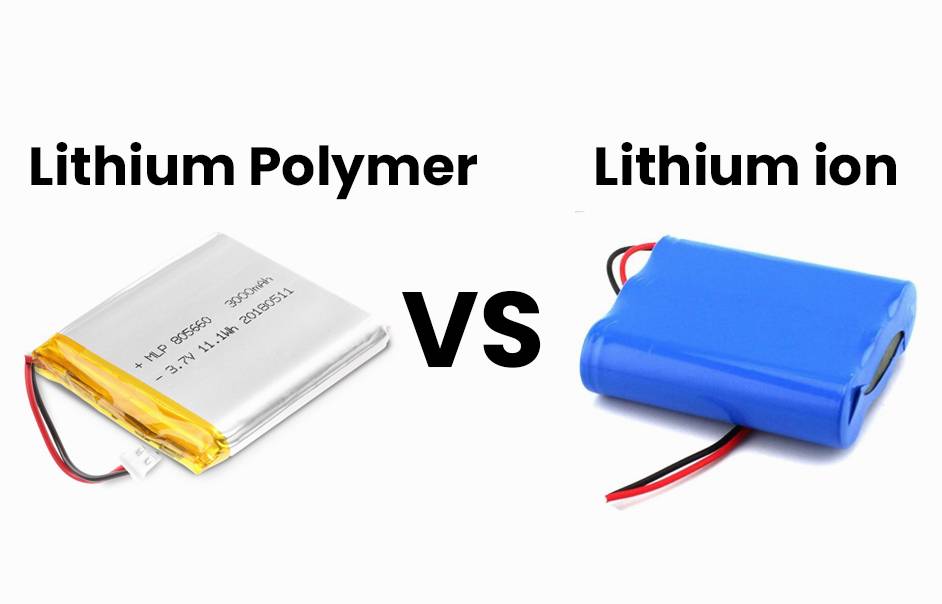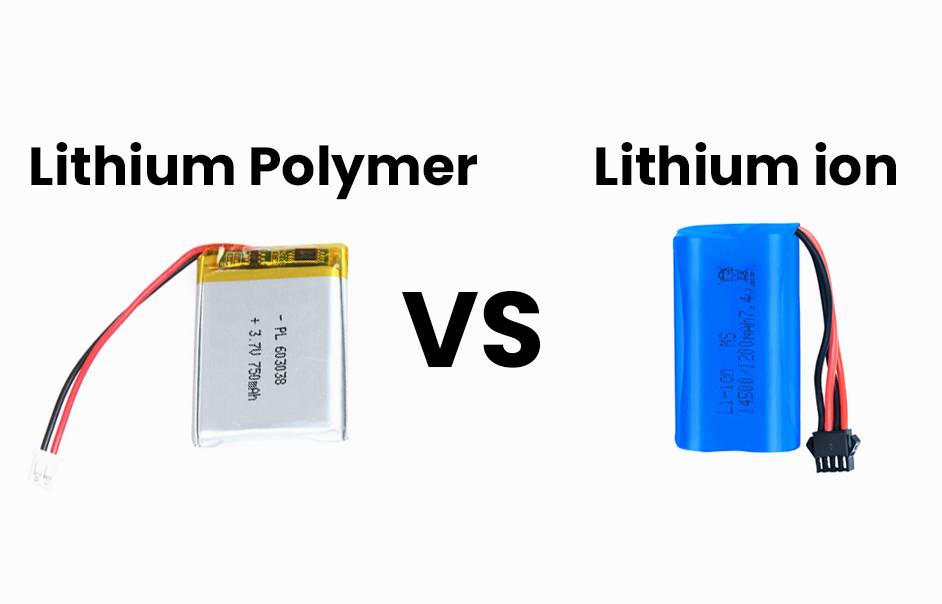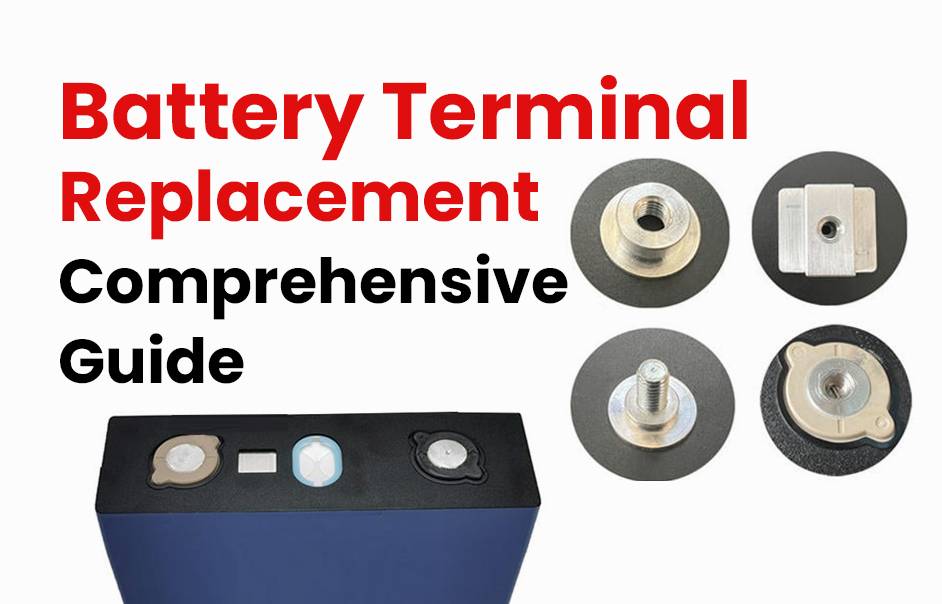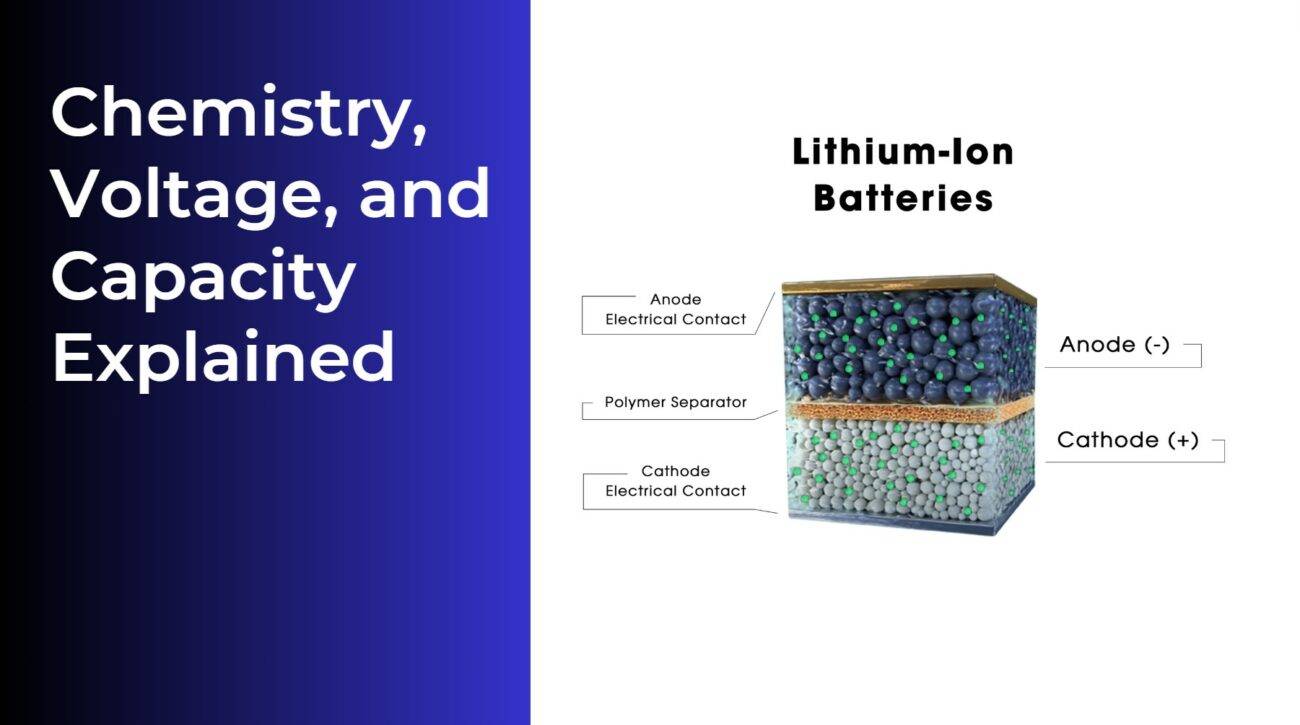
Blog
How Do You Perform Battery Testing Effectively?
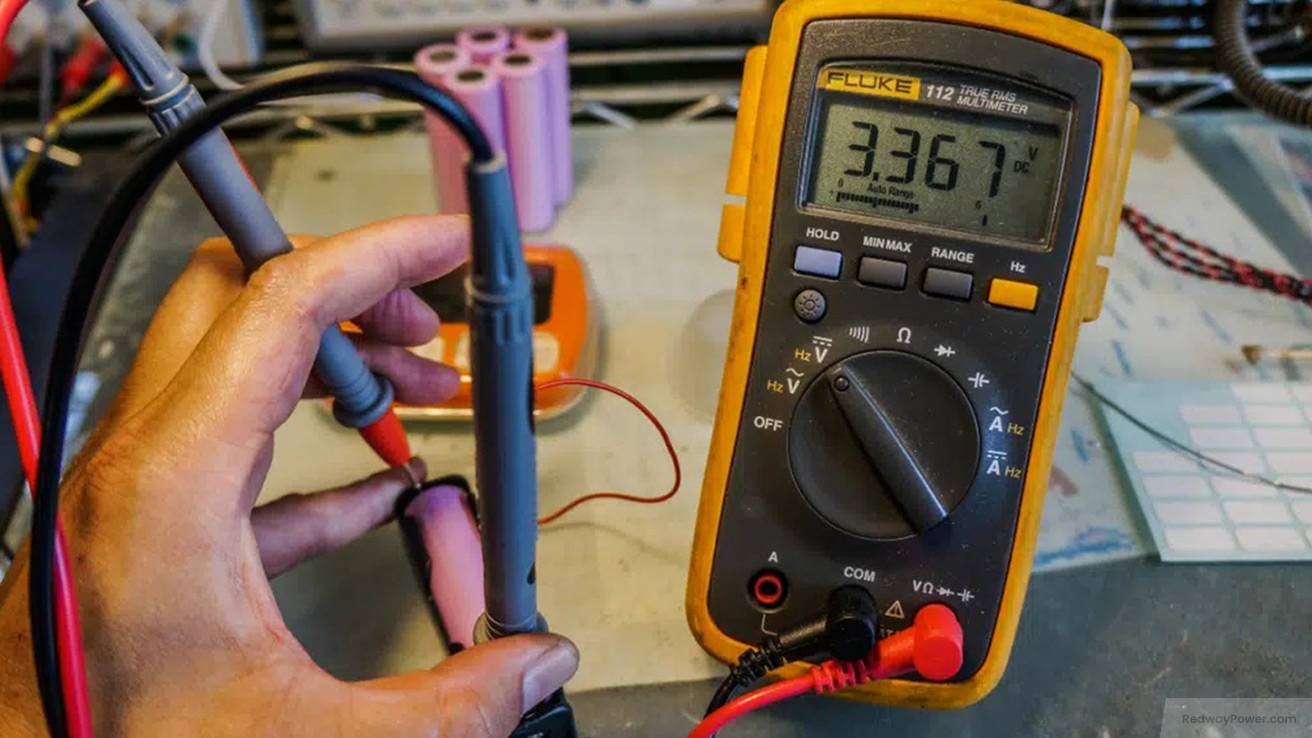
Effective battery testing involves systematically measuring voltage, internal resistance, state of charge, and capacity using specialized tools such as digital multimeters, conductance testers, and load testers. Proper testing detects battery health, predicts failures, and guides maintenance decisions. Redway Power’s expertise and advanced manufacturing ensure batteries designed for reliable testing and long service life.
What are the essential steps for performing effective battery testing?
Effective battery testing begins with visual inspection for physical damage or corrosion, followed by measuring open circuit voltage (OCV) to assess state of charge. Next, internal resistance or conductance testing reveals battery health. Finally, load testing under a controlled applied load evaluates the battery’s ability to sustain current. Documenting results ensures tracking battery condition over time.
How do you use a digital multimeter in battery testing?
A digital multimeter measures battery voltage accurately by connecting across terminals with no load. This open circuit voltage (OCV) indicates the battery’s state of charge. Multimeters can also check for voltage drop during load testing and continuity in connections. They are simple, inexpensive, and essential for basic battery diagnostics.
What is conductance testing and why is it important?
Conductance testing evaluates battery health by measuring electrical conductance, which inversely correlates with internal resistance. This test uses handheld conductance testers that apply a small AC signal and extrapolate battery condition based on current flow characteristics. It provides a quick, non-invasive way to detect early battery degradation before voltage drops significantly.
How is load testing performed and what does it reveal about the battery?
Load testing applies a simulated high current load, often half the battery’s rated Cranking Amps, for a short period (around 15 seconds) while monitoring voltage response. If voltage remains above a threshold (e.g., 9.6 volts for 12V batteries at 21°C), the battery can deliver adequate power. Significant voltage drop or failure to sustain load indicates weakness or impending failure.
When should open circuit voltage (OCV) testing be conducted for accurate results?
OCV testing should be performed after the battery has been disconnected and rested for several hours (typically 4 to 24 hours) to allow surface charge to dissipate. This rest period ensures the voltage reading reflects the true state of charge rather than transient surface effects from recent usage or charging.
What safety precautions must be taken during battery testing?
Operators must wear protective equipment like safety glasses and gloves due to risk of acid spills or short circuits. Ensure test leads do not touch each other or conductive surfaces to prevent sparks. Avoid testing in confined spaces to reduce exposure to gases. Follow manufacturer guidelines on test durations and loads to prevent battery damage or injury.
How does Redway Power integrate testing considerations in their battery design?
Redway Power designs lithium batteries with built-in Battery Management Systems (BMS) to protect cells during usage and testing, preventing overcharge, over-discharge, and temperature extremes. Their adherence to ISO 9001:2015 standards and MES-based manufacturing ensures consistent quality amenable to reliable testing and long operational life.
Which advanced battery testing methods are used for in-depth analysis?
Advanced methods including electrochemical impedance spectroscopy (EIS) and capacity testing via controlled discharge give deeper insights into battery chemistry, charge acceptance, and degradation mechanisms. These require specialized equipment and software and are often used by manufacturers and labs for research and warranty claims.
Can battery testing extend the service life of batteries?
Yes, regular and effective battery testing identifies early signs of failure, enabling timely maintenance or replacement. Testing prevents unexpected downtimes and encourages best charging and usage practices, ultimately prolonging battery life. Redway Power advocates systematic testing as part of comprehensive battery management.
Chart: Common Battery Testing Methods and Their Purposes
| Testing Method | Purpose |
|---|---|
| Open Circuit Voltage | Assess State of Charge |
| Conductance Testing | Detect Early Degradation |
| Load Testing | Evaluate Ability to Supply High Current |
| Internal Resistance | Identify Cell Damage or Aging |
| Capacity Testing | Measure Actual Battery Capacity |
Redway Power Expert Views
“Battery testing is an art that blends electrical measurement precision with an understanding of battery chemistry. At Redway Power, our MES-controlled manufacturing delivers batteries optimized for diagnostic accuracy, while our experts emphasize proper testing protocols to maximize reliability and lifespan. Effective battery testing is not just maintenance; it’s an investment in uninterrupted power availability.” — Redway Power Expert
Conclusion
Performing battery testing effectively requires a structured approach combining visual inspection, voltage measurement, conductance, and load tests. Understanding and using appropriate tools ensures accurate assessment of battery health and performance. With quality batteries from Redway Power and regular testing, users can achieve prolonged service life and reliable power delivery.
FAQs
Q: What is the first step in effective battery testing?
A: Visual inspection to check for damage and corrosion.
Q: Why is conductance testing favored for quick battery health checks?
A: It is fast, non-invasive, and can detect early signs of degradation.
Q: How long should a load test be applied during testing?
A: Approximately 15 seconds at half the battery’s rated CCA.
Q: Can advanced testing methods predict battery lifespan?
A: Yes, methods like electrochemical impedance spectroscopy provide in-depth diagnostics.
Q: How does Redway Power ensure batteries are suitable for effective testing?
A: Through ISO-certified manufacturing and integrated BMS that protect battery health.





